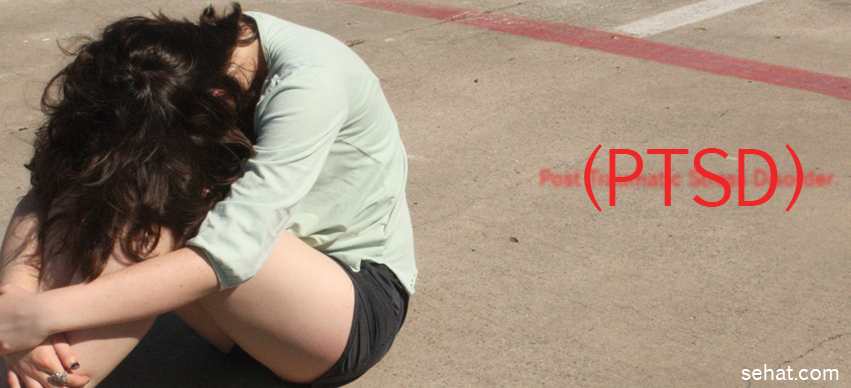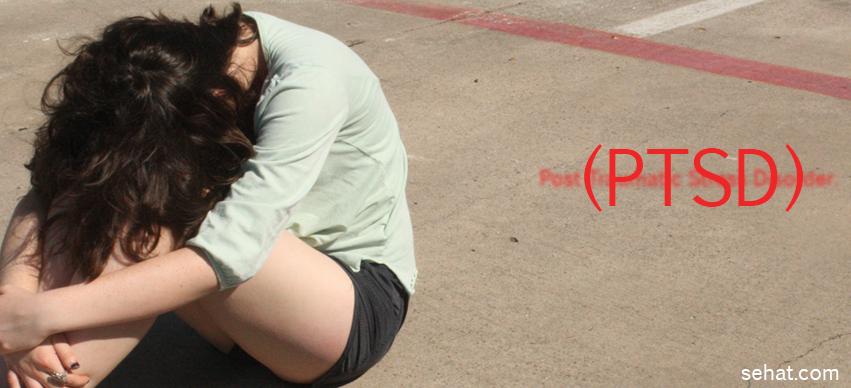Nanoparticle Therapy – An Emerging Cancer Treatment
5 Min Read


PTSD stands for Post Traumatic Stress Disorder. The condition tends to occur after someone has been exposed to a major stress in their life. Examples of these are sexual assault, terrorism, loss of a family member or a violent crime. To help you understand PTSD better, we will break down PTSD into small sections with a short description of each to help you. The sections we will be covering are: Pathophysiology, Diagnosis and treatment.
When a person undergoes a big stress, the body and the brain will release a lot of neurotransmitters. These are hormones which can cause a strong linking of the neurons of the brain of that activity. The event is sort of burned into memory and all the parts of the brain or the nuclei in the brain. One of these is the amygdala which is involved in feelings and emotions.
When a small stress initiates in the patient, this will cause activation of the nerve pathways that have already been created. This may cause flashbacks in the patient and also cause some distress. There are some complex parts to the mechanism of PTSD but simply put, a person with PTSD has symptoms of fear, flashback and avoidance of the past because of the high level of neurotransmitters associated with the event.
The first step used by Doctor’s to diagnose is to get a trauma screening questionnaire and the PTSD symptom scale. Both of these will help decide if you have symptoms of PTSD.
There are 2 main types of treatment types of are medical or non-medical. The non-medical therapy will usually involve psyhotherapy that helps the person get over the symptoms.
Cognitive behavior therapy with special care towards trauma may help a person with PTSD. The aim of the treatment will be to get the person sensitized to the event and the triggers of PTSD.
Another therapy that is used is eye movement therapy. It has been noted that controlling the movement of the eyes can prevent the stress from the thoughts in PTSD. This will help with the symptoms.
Lastly, if the above do not help, you can start with medication to help you. The medications are potent drugs which act on the brain and alleviate the symptoms. A person should see a Doctor to get these medications as they are by prescription only.